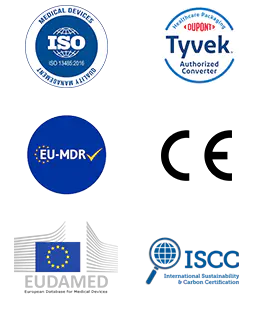Applications of Steam Indicator Strips / Tape
Steam indicator strips and tapes are essential tools across various industries where sterile environments and equipment are critical. Common applications include:
Hospital Sterilization Departments (CSSD)
Used to monitor steam sterilization of surgical instruments, linens, and reusable medical devices in autoclaves.
Dental Clinics and Outpatient Centers
Inserted into pouch packs or wrapped sets to confirm proper sterilization of dental tools and equipment.
Pharmaceutical Manufacturing
Utilized to validate sterilization of containers, filters, and product-contact components in GMP-compliant cleanrooms.
Laboratories and Research Facilities
Applied in biosafety labs and research units to confirm sterilization of lab glassware, media, and tools.
Veterinary Clinics and Animal Care Facilities
Used for verifying instrument sterilization in animal surgeries and procedures.
Tattoo and Aesthetic Studios
Ensures sterile preparation of tools and needles for skin-related procedures, contributing to client safety and hygiene.
Educational and Training Institutions
Used for training purposes in medical and technical schools to demonstrate sterilization principles and practices.
Class 4 vs. Class 5 Steam Indicator Strips Tape: What's the Difference?
In sterilization processes—especially in healthcare, laboratories, and pharmaceutical manufacturing—reliable indicators are crucial for ensuring safety and compliance. Among the most widely used are Class 4 and Class 5 steam indicator strips and tapes, both of which provide chemical confirmation that sterilization conditions have been met. But how do these two classes differ, and which one should you choose?
What Is a Class 4 Steam Indicator?
Class 4 steam indicators are multi-variable chemical indicators. This means they respond to two or more critical sterilization parameters, such as time and temperature, or temperature and steam presence. These indicators are usually used inside individual instrument packs to confirm that the internal environment has reached basic sterilization thresholds.
Key Features:
React to two or more variables
Provide clear color change upon exposure
Suitable for routine monitoring inside sterilization packages
Use Cases:
General hospitals
Outpatient clinics
Small dental or veterinary practices
What Is a Class 5 Steam Indicator?
Class 5 steam indicators are known as integrating indicators. They are designed to closely simulate the behavior of biological indicators by responding to all critical parameters of steam sterilization—typically time, temperature, and saturated steam.
Class 5 indicators are considered a higher standard of monitoring and are often used when a greater assurance level is required, such as for surgical instruments or implantable device packs.
Key Features:
Respond to all critical variables
Deliver precise, high-sensitivity results
Provide an early visual indicator of process success before biological test confirmation
Use Cases:
Operating rooms (ORs)
Pharmaceutical cleanrooms
High-risk sterilization loads
Key Differences Between Class 4 and Class 5 Indicators
| Feature |
Class 4 |
Class 5 |
| Variables Measured |
2 or more |
All critical variables |
| Sensitivity |
Standard |
High |
| Use Level |
Routine monitoring |
High-assurance loads |
| Simulation of Biological Indicators |
No |
Yes (closer approximation) |
| Typical Applications |
General sterilization |
Surgical, pharma, critical-use |
Which Should You Choose?
Choose Class 4 if your facility needs cost-effective, general-purpose sterilization monitoring and you're mainly sterilizing standard medical tools or supplies.
Choose Class 5 when handling critical loads where high-level assurance is essential, or when you need a more accurate representation of the actual sterilization process.
For many modern facilities, using both classes strategically across different applications ensures compliance, safety, and cost efficiency.

 English
English Français
Français Deutsch
Deutsch Nederlands
Nederlands
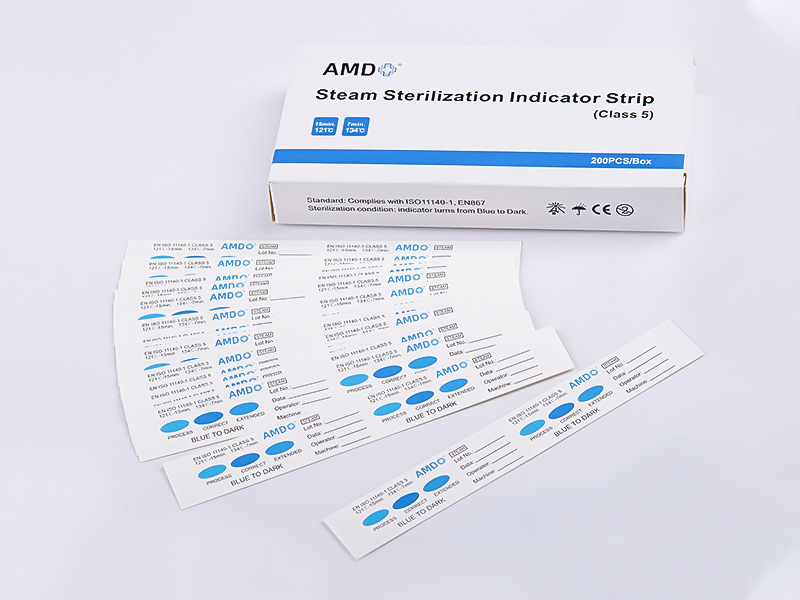



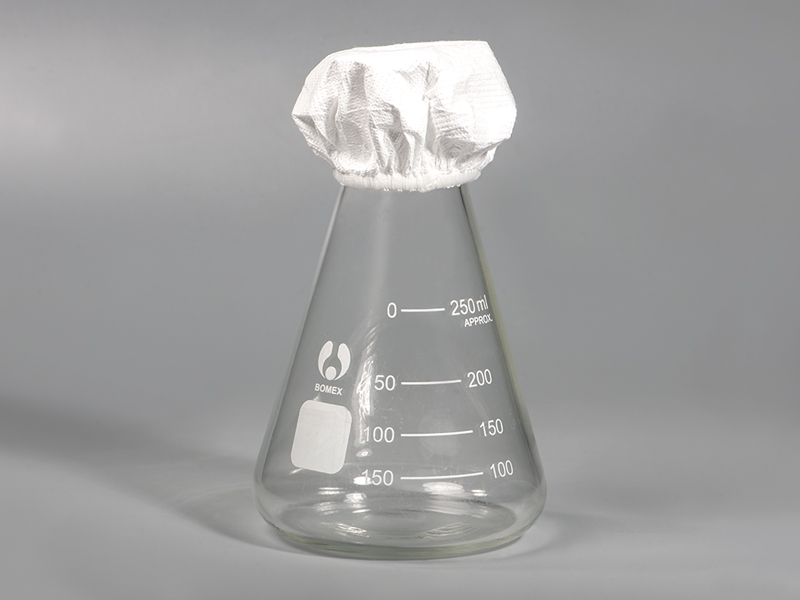





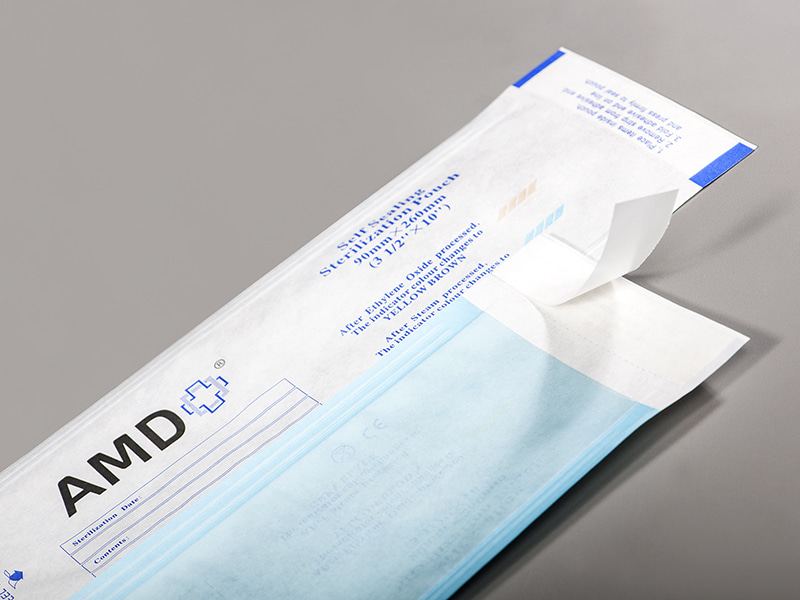

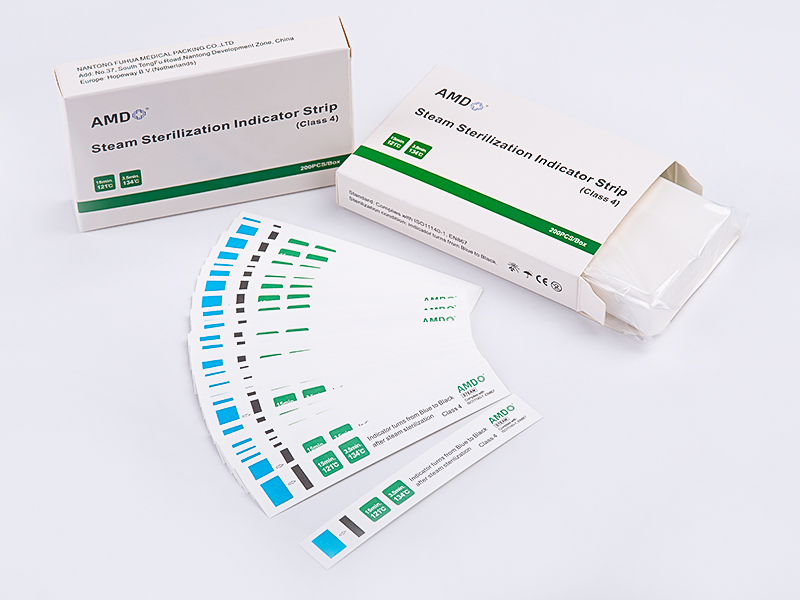
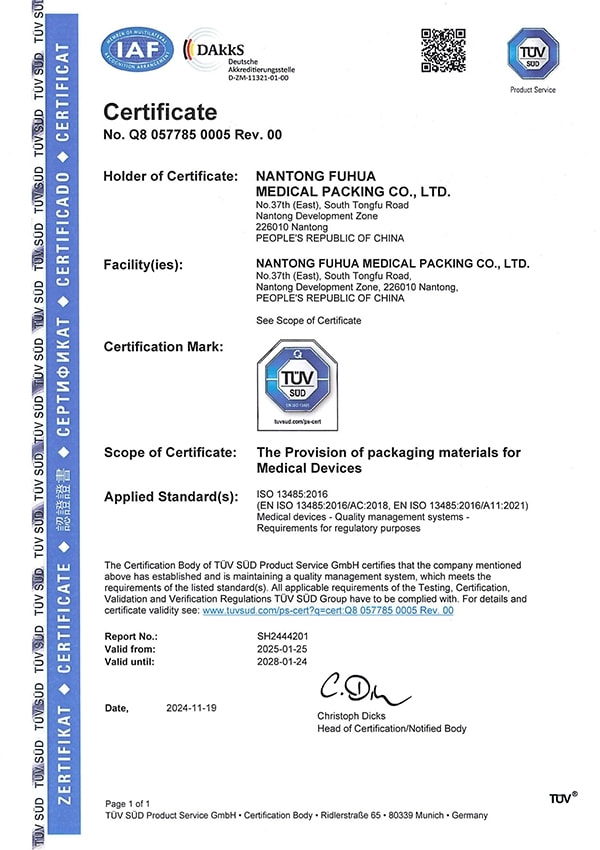
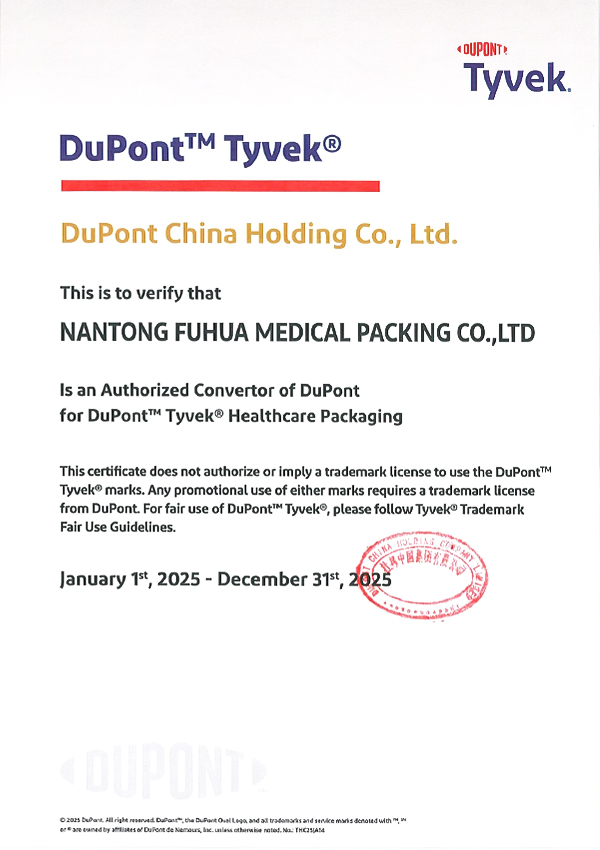
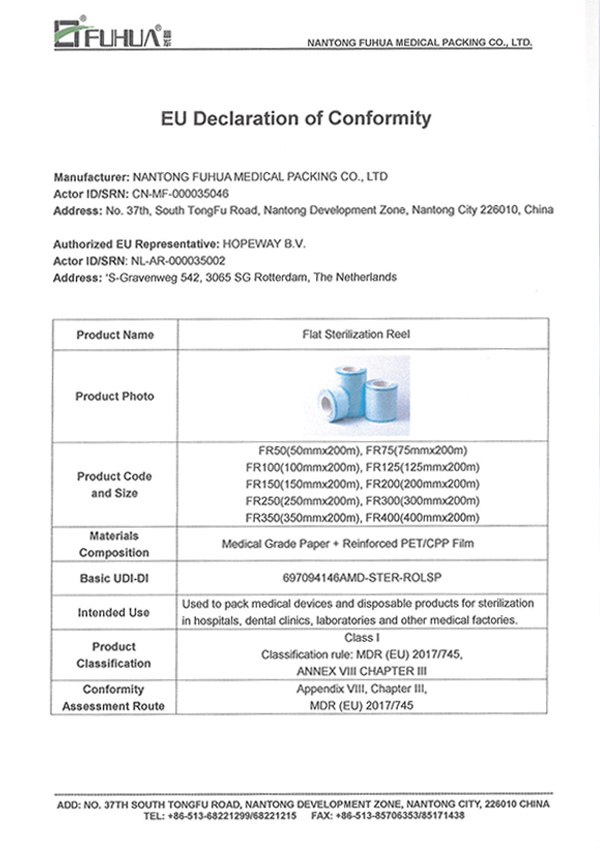
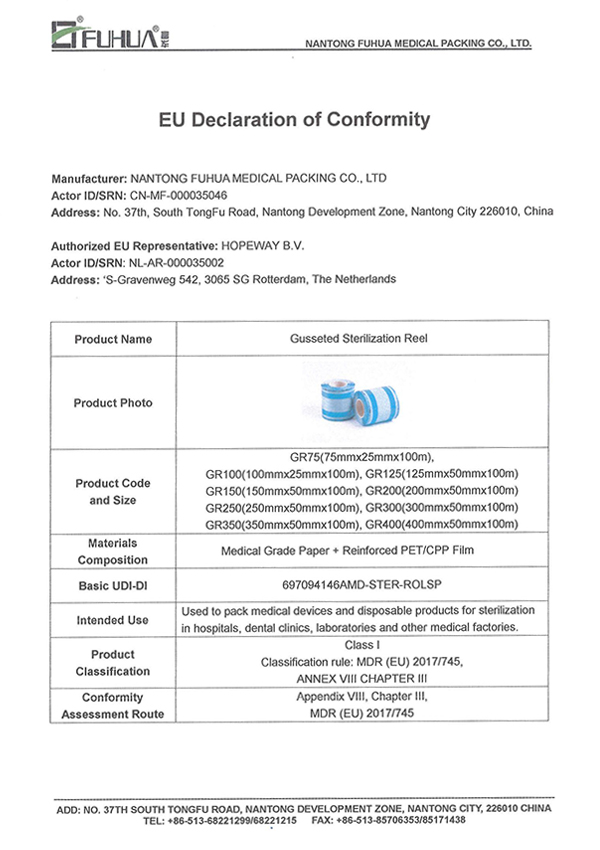
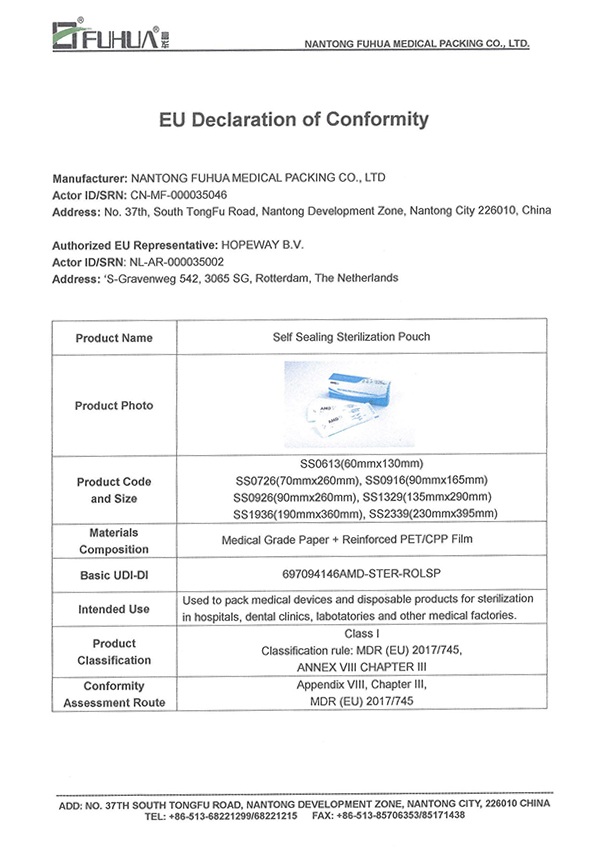
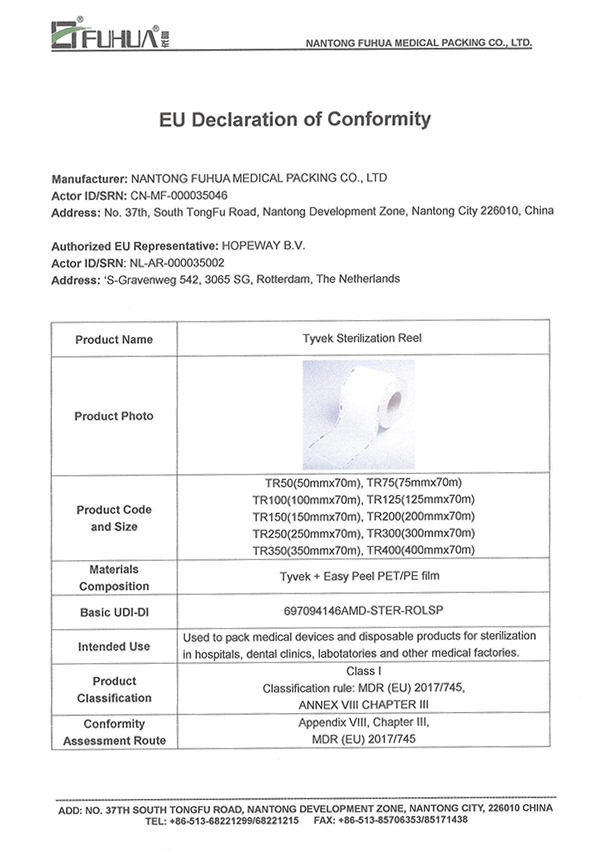

 ‘s-Gravenweg 542, 3065SG RotterdamThe Netherlands
‘s-Gravenweg 542, 3065SG RotterdamThe Netherlands
 +31 (0)10 254 28 08
+31 (0)10 254 28 08
